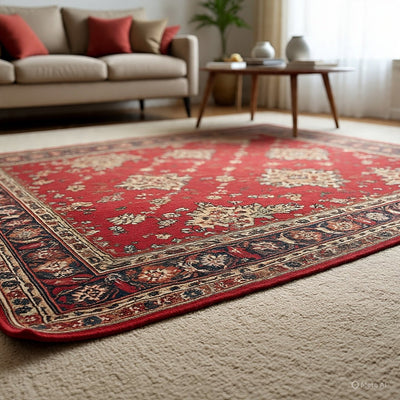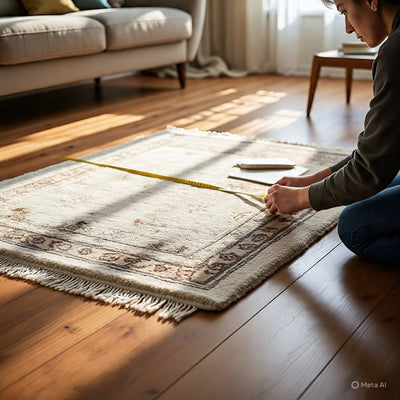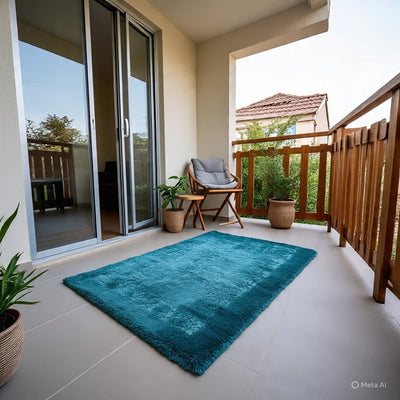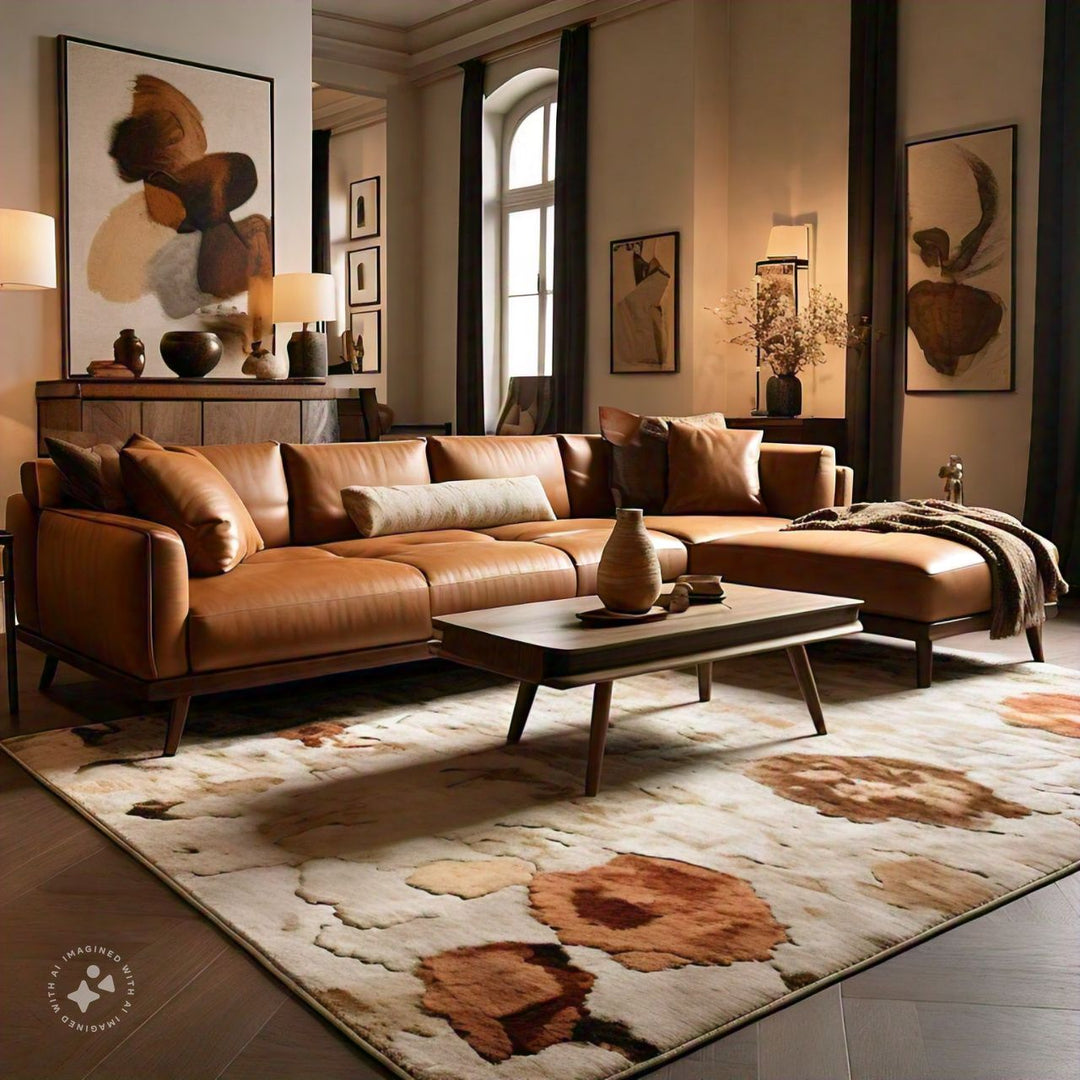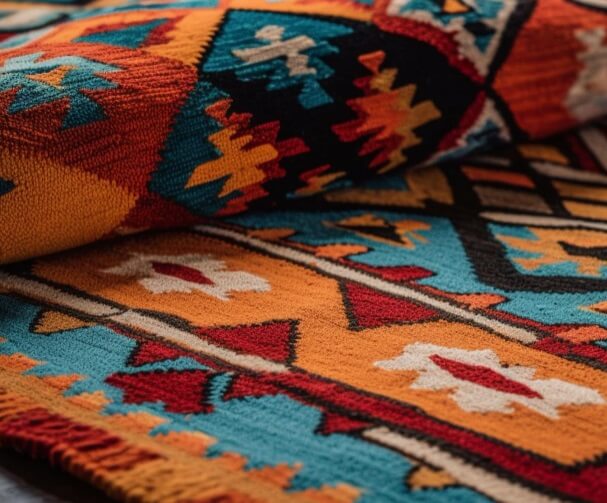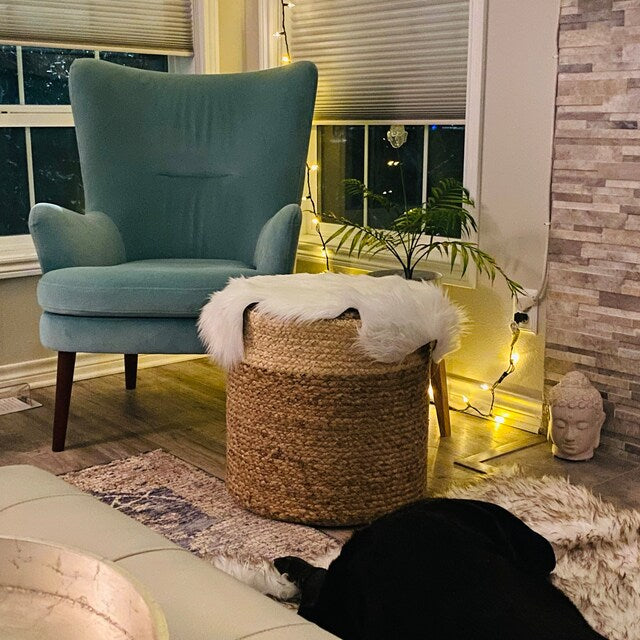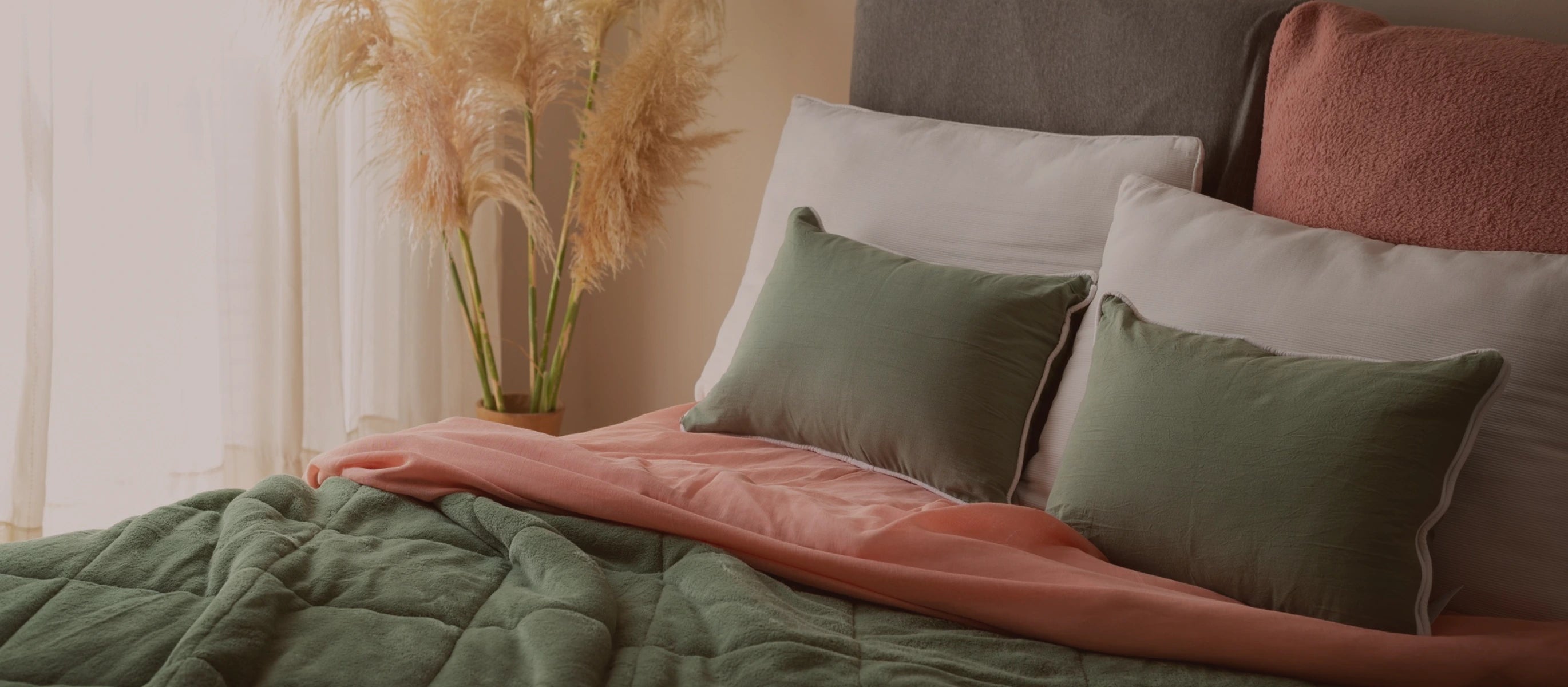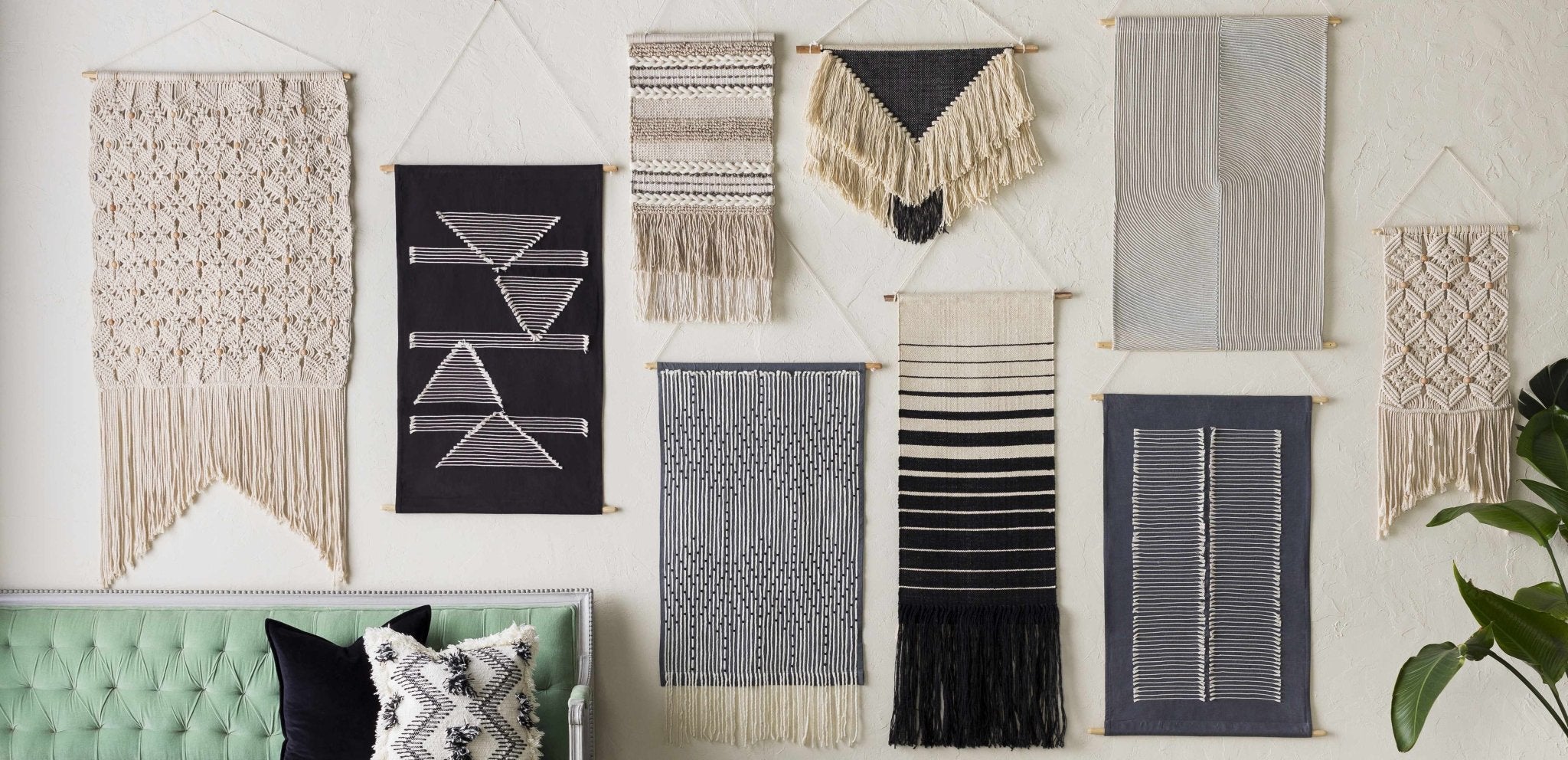Persian vs Oriental Rugs: What are the differences between both?
Introduction
Choosing the right type of rug is quite a process. With the wide availability of patterns, colors, and cultural influences, you must know every minute detail to be able to invest in a rug that is perfect for your space. In this blog, we will discuss about two of the most popular types of rugs- Oriental and Persian. Both of these rugs feature excellent craftsmanship, beauty, and are symbols of historic glory. While there are several similarities between both of these rug types, learning about Persian vs Oriental rug is important to make the right decision.
What is a Persian rug?
Persian rugs are the real symbols of refinement and history. These rugs have a long history that dates back to thousands of years, to the ancient weaving traditions of Persia, which is now Iran. Persian Oriental rugs are famous for their elaborate designs, excellent craftsmanship, and traditional weaving techniques.
The art of weaving Persian rugs is in fact an important part of Persian history and culture. To make these amazing rugs, weavers use fool-proof techniques along with locally sourced materials such as wool or silk. The use of natural dyes from plants, insects, and minerals also contribute to the rich and durable hues that are common features of Persian rugs. Refer our rug glossary page to learn about various rug terms and make an informed purchase.
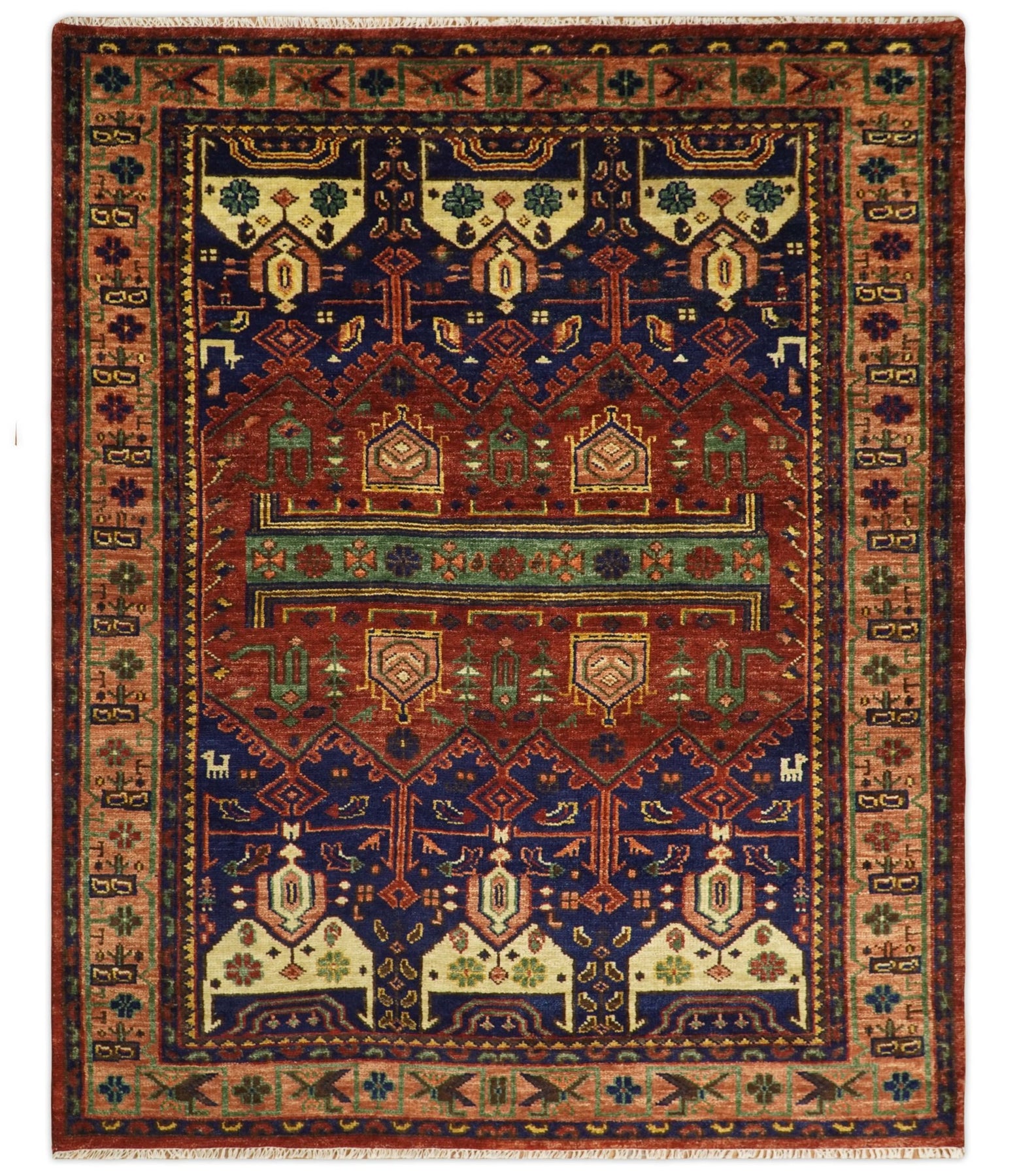
Buy Now- Hand Knotted Antique Style Persian Rug
As you already know, Persian rugs are different from any other type of carpet. In fact, they are nothing less than artworks. Each of these rugs have unique motifs, symbols, and patterns that reflect the cultural identity of the place in which it is made. Geometric patterns, floral designs, and borders are common design features that reflect the weaver's expertise.
What is an Oriental rug?
When we say Oriental rugs, we are referring to a wider category of rugs that originate from various parts of Asia, and sometimes Iran too. Different Oriental rug types can be found in nations such as China, India, Turkey, and Afghanistan, each showcasing a distinct style that is unique and showcases the history of its weaving place.
The main reason for the constantly rising popularity of Oriental rugs is their wide availability. Unlike Persian rugs, which are specifically associated with Iran, Oriental rugs draw inspiration from a diverse range of cultural influences, resulting in a wider variety of designs, patterns, and color palettes.
Oriental rugs, like Persian rugs, are frequently handcrafted and reflect the artisan's talent and cultural setting. Wool, silk, or a combination of the two can be used to make them. Furthermore, the dyeing process may include a combination of natural and synthetic colors, lending these rugs a distinct visual identity.
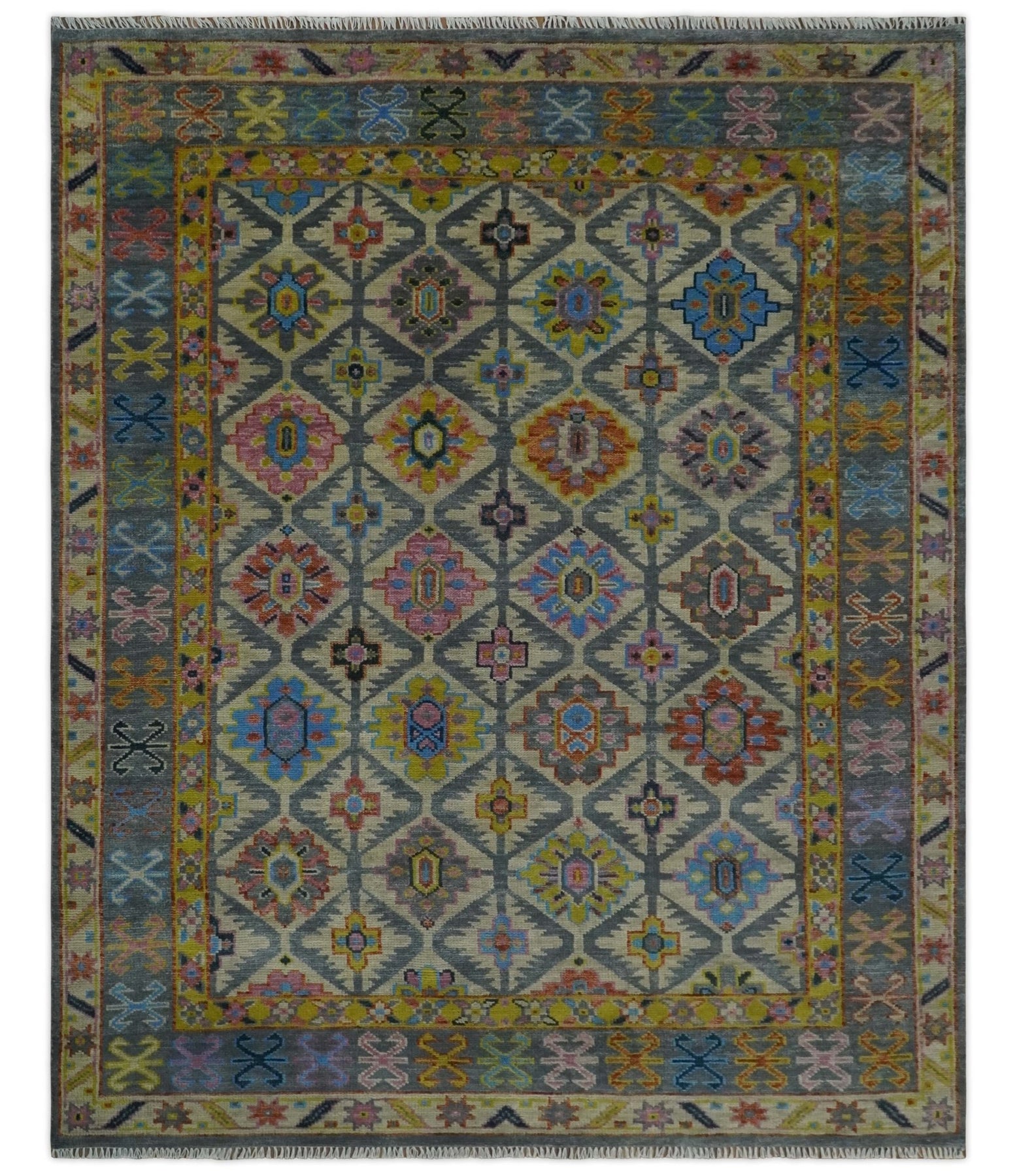
In the following section, we will discuss about Persian vs Oriental rug and help you to choose the one more suitable for you. Understanding these differences is important to recognize the particular traits that each style of rug.
Key differences between Persian and Oriental rugs
Design
Persian Rugs
Persian Oriental rugs are famous for their intricate and detailed designs, which typically tell a story or express cultural symbolism. Intricate floral motifs, geometric patterns, and ornate borders are common design features. Persian carpets are frequently classified according to their origin, such as Tabriz, Isfahan, or Kashan, each with its own distinct design qualities.
Persian rugs have a rich and brilliant color pallet, with a fondness for deep reds, blues, and golds. Natural dyes originating from plants, insects, and minerals are frequently used to generate these colors, adding to the rug's timeless and enduring appeal. A Persian rug's design reflects the weaver's ability, cultural background, and the region's historical backdrop.
Oriental Rugs
Oriental rugs, as a broader category, include a wider range of designs inspired by many Asian cultures. Oriental rugs, unlike Persian rugs, do not adhere to a single set of design rules. Instead, they highlight a wide variety design, patterns, and styles from different parts of Asia, including China, India, Turkey, and Afghanistan.
Oriental rugs might include geometric patterns, floral decorations, or even abstract designs. The color pallet is likewise varied, ranging from gentle earth tones to vivid and vibrant hues. Oriental rug designs are frequently influenced by the cultural heritage of the region in which they are created, resulting in a visually intriguing tapestry that represents the artisan's inventiveness as well as the cultural background.
Construction
Persian Rugs
Persian rug making requires a lot of time and effort. Moreover, the traditional art of weaving Persian rugs has been passed down through generations. The knotting method, which can be either asymmetrical Persian or symmetrical Turkish, contributes to the rug's durability and texture.
High knot counts are common in Persian rugs, demonstrating the weaver's attention to precision and detail. A higher knot count usually means a finer, more detailed rug. The attention to detail extends to the finishing touches, such as the borders and fringes, which are carefully fixed to enhance the overall appearance.
Oriental Rugs
Oriental carpets, like Persian rugs, are frequently handcrafted, displaying the artisan's talent and attention to crafting. However, construction methods might range greatly between regions. Turkish carpets, for example, may use the symmetrical Turkish knot, whereas Chinese rugs may use a different knotting technique.
Oriental carpets can have a wide range of knot counts, and the quality of manufacturing might vary depending on the area. Some Oriental rugs, particularly those produced on a larger scale, may be machine-made. While handcrafted Oriental carpets are of high quality, the variety of production methods allows for greater variation in texture, thickness, and general durability.
Material
Persian Rugs
Traditional Persian rugs are made of high-quality fabrics, the most prevalent of which are wool and silk. Wool is popular due to its strength, tenacity, and ability to keep brilliant colors. Silk, on the other hand, lends a rich gloss to the rug and is frequently used to highlight complex intricacies in the design.
Persian rugs are largely dyed with natural dyes derived from plants, insects, and minerals. This emphasis on natural dyes not only adds to the richness of the hues, but also ensures that the rug matures smoothly, gaining a lovely patina over time.
Oriental Rugs
Oriental carpets use a wider variety of materials, reflecting the different weaving traditions of the regions from which they originate. Wool is still a popular material, valued for its resilience and softness. Silk is also utilized in many Oriental rugs, particularly those with a more sumptuous appearance.
While natural dyes are still used in some Oriental rugs, synthetic dyes have become increasingly common, offering a larger range of color options. This variety in materials and dyes enables for a wide range of textures and color palettes in Oriental carpets, catering to a wide range of aesthetic preferences.
Finally, the fundamental points that highlight Persian vs Oriental rug points are seen in their distinct design, construction procedures, and material selections. While Persian rugs are almost a part of the Oriental rug family, they are distinguished by their elaborate designs, traditional construction processes, and use of natural dyes.
Oriental rugs, on the other hand, embrace a wider range of designs, reflecting the Asian continent's cultural richness and diversity. Understanding these distinctions allows for a more in-depth appreciation of the craftsmanship and artistry that goes into each rug, transforming them from floor coverings into reflections of culture and heritage.
FAQs
Are Persian rugs the same as Oriental rugs?
No, Persian and Oriental rugs are not the same thing. While all Oriental carpets are Persian, not all Persian rugs are Oriental. Persian carpets are specifically from Iran and have unique designs strongly entrenched in Persian culture, whereas Oriental rugs are a broader category that includes rugs from many Asian locations.
Are Indian rugs Persian?
Indian carpets are not Persian rugs. Indian carpets are classified as Oriental rugs, yet they feature different designs, weaving processes, and cultural influences that are unique to India. While they may have some similarities, Indian rugs are distinguished from Persian equivalents by their craftsmanship and aesthetic expression.
What are Oriental rugs called now?
The phrase "Oriental rug" is still used to describe rugs from various Asian regions. However, in modern situations, the phrase "area rug" may be used as a more inclusive and neutral term, reflecting the worldwide nature of rug production and the numerous cultural influences that affect its designs.
Is Turkish rug the same as Persian rug?
No, a Turkish rug and a Persian rug are not the same thing. Turkish rugs, particularly those from Anatolia, feature distinct designs and weaving traditions. While Turkish rugs share the precise artistry of Persian rugs, the themes, colors, and cultural influences distinguish them from Persian rugs.
